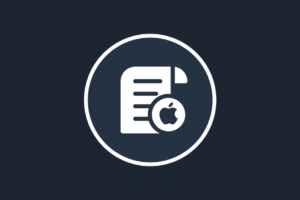When job posts highlight direct compensation figures, like specific salary numbers ending in “000,” they tend to attract more applicants. Posts emphasizing health-related benefits like dental or vision coverage also fare well. The more generic terms, however, appear to have a lower appeal.
Candidates clearly appreciate a direct approach. It tells them that the company respects their time and knows what it offers. While generic terms might give you more wiggle room in negotiations, they don’t certainly communicate value as effectively.
If you want your conversion rate to climb, be up front about salaries and specific health benefits. Avoid diluting these crucial points with vague terminology that could confuse or turn off potential hires.
Final thoughts
Whether you’re writing your job descriptions from scratch or using generative AI to help you get started, there’s always room for improvement.
By optimizing your job descriptions, especially focusing on key sections like responsibilities, qualifications, and benefits, you’re increasing the odds that candidates’ eyes will light up with genuine interest rather than gloss over with indifference. A snappier, skills-first, and transparent approach to job descriptions helps candidates get excited about the role and encourages them to apply.
Methodology
This analysis considers the job descriptions from millions of paid job posts in the U.S. during the six-month period between April 1, 2023 and September 30, 2023. We use a text classification model to identify the main segments of a job description, of which responsibilities, qualifications, and benefits were the most salient. Then the text of each job description section is preprocessed for data cleaning, before the frequency and rarity of each word is analyzed using nonnegative matrix factorization (NMF) to identify a select number of mutually exclusive topics or approaches; for example, a given benefits section can only be categorized as focusing primarily on hard skills, soft skills, or pedigree — it can’t be grouped into more than one approach. Finally, job application rates (the percentage of job viewers who went on to apply) are compared across these approaches to identify which are associated with higher application rates.










